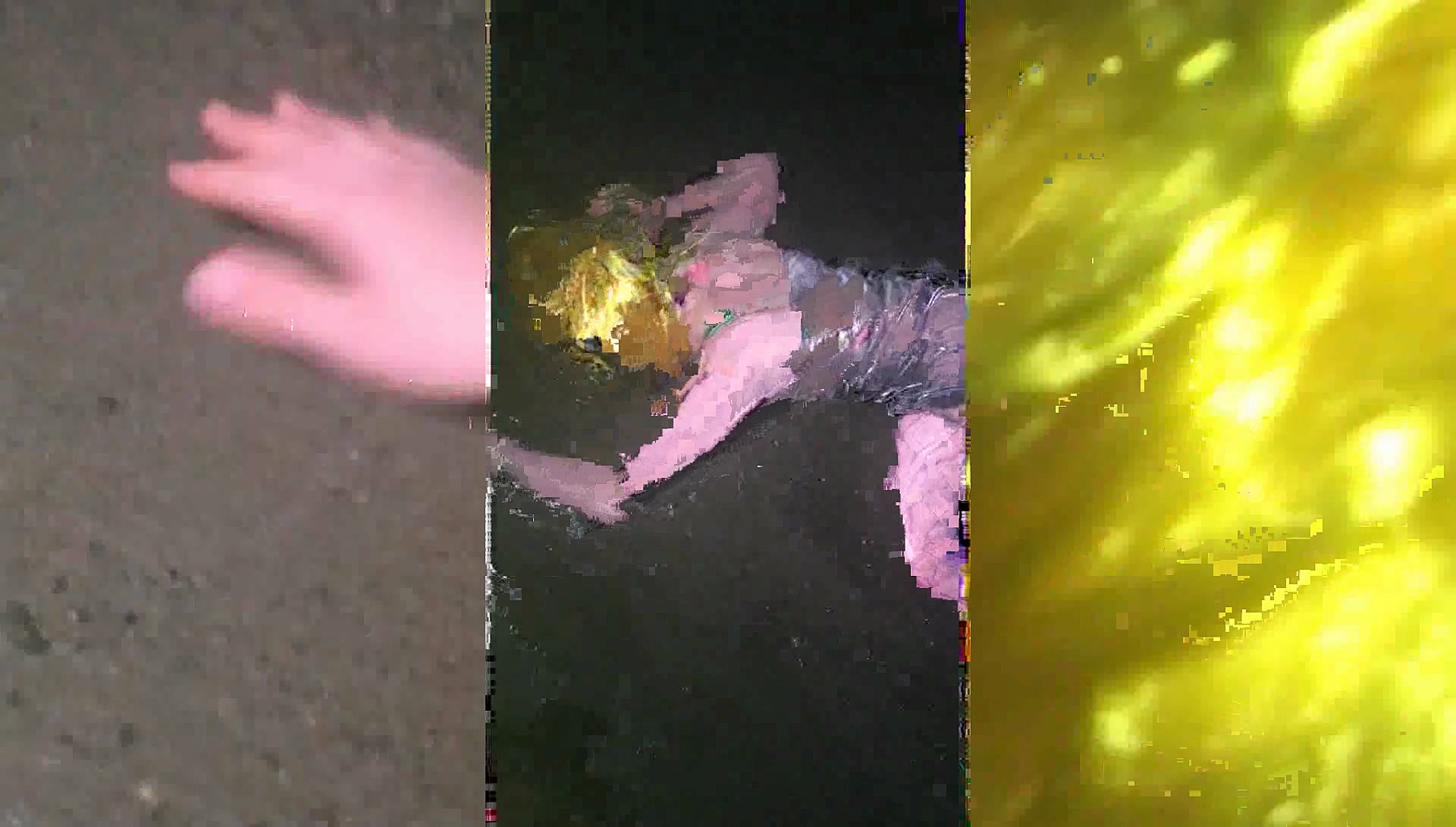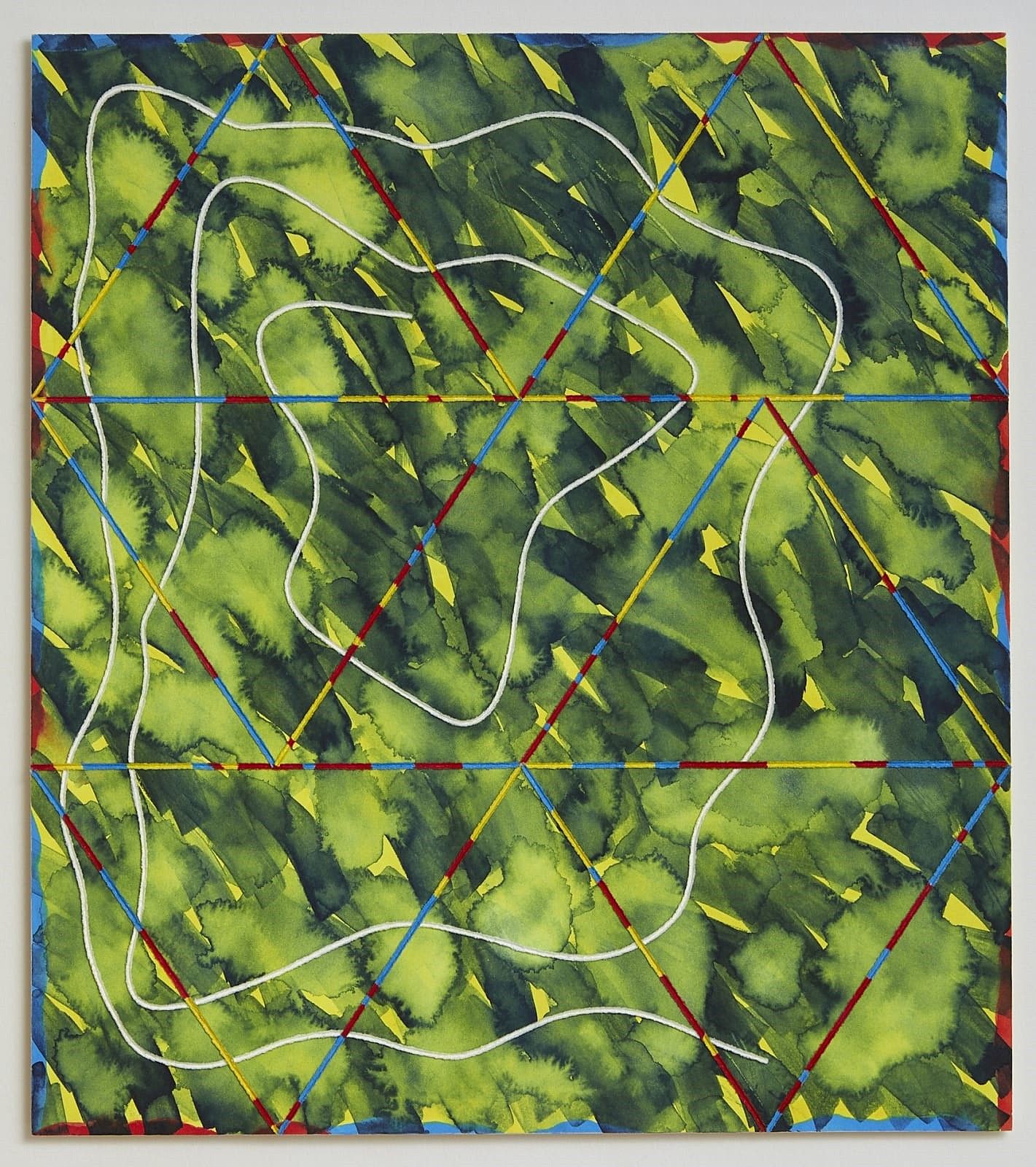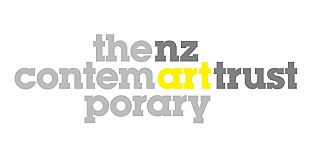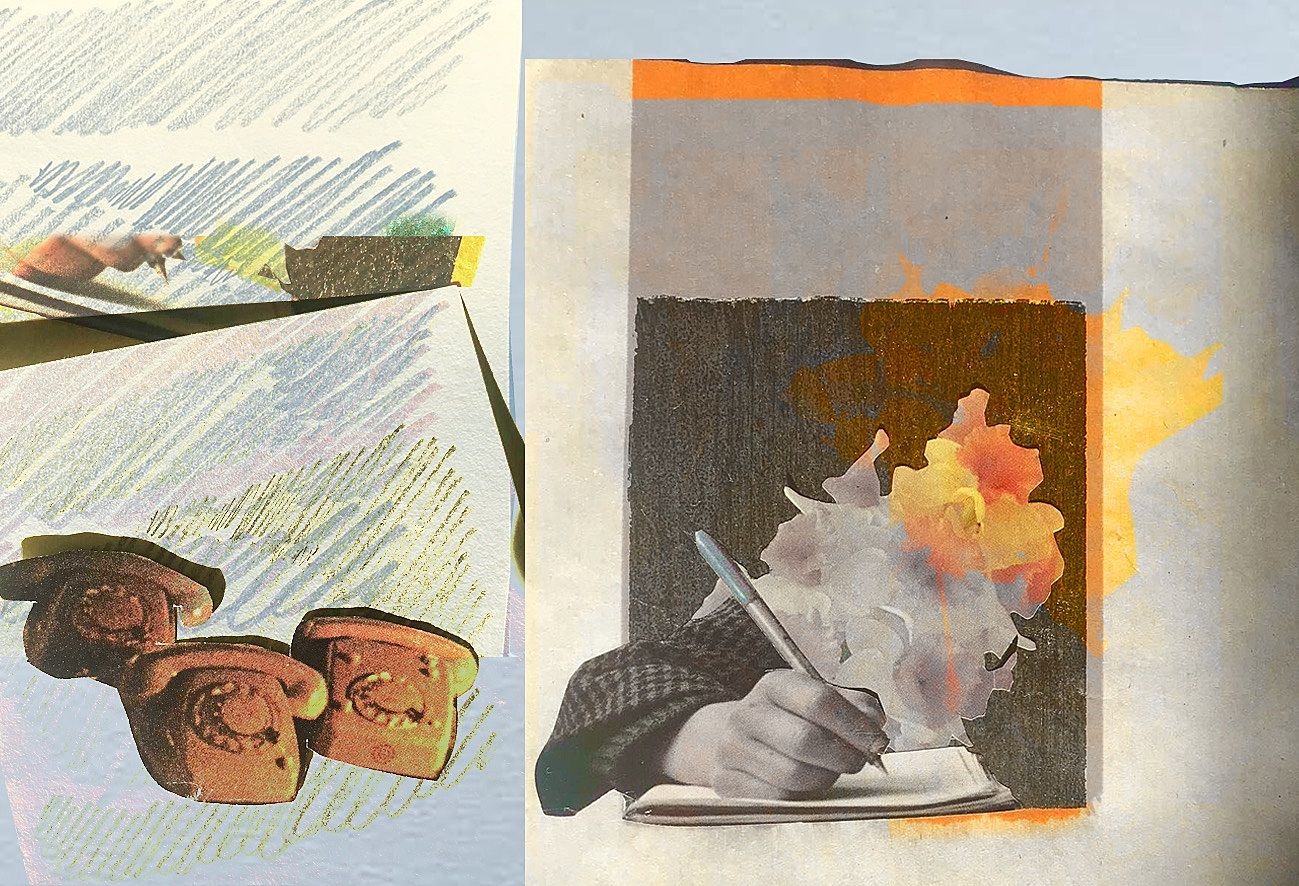The Unmissables: Three Artworks to See in September
The best art on show in the dealer galleries of Tāmaki Makaurau Auckland in September 2020.
A monthly round-up of artworks from the dealer galleries of Tāmaki Makaurau that we keep returning to.
This month’s Unmissables calls us to think about our imprint on the world - be it our environmental footprint, our failure to act when called to, the violences we perpetrate and perpetuate.
Our team of art critics, India Essuah, Francis McWhannell and Tulia Thompson, have trawled the streets of Auckland to showcase some of the most exciting art on show.
Viewing Georgie Hill’s quietly mesmerising works through a screen do not do them justice. Layers of watercolour swirl underneath delicate, diligently etched lines, bringing to mind both the chaos of wind, rain and sleet, as well as neat weather charts and the precision of machine embroidery. I question why I immediately associate structured use of lines as representing things that are human-made, when it’s nature that operates with an unmatched and complex precision. Hill’s use of colour takes me down a similar track, with softer colours thought of as being more ‘natural’, despite the sky continually showing us rainbows and the earth giving us tones as bright as turmeric. Cohesive in size, colour and technique, yet filled with subtle tension, Hill’s paintings stir up such fundamental questions in a gentle way. A comment Hill made about a previous exhibition rings true: that what you decipher depends on “the closer you come and the more time that you spend”.
The title of the exhibition alludes to the elusive and fascinating nature of light, while the paintings seem to magically exist on separate layers – I found that I kept being drawn back to certain works once I viewed them from a new angle or distance. The way these works mix unpredictability and order, swirling colours and ordered lines, feels pertinent as we watch the chaos of climate breakdown unfold – the most scientifically accurate predictions becoming useless as leaders fail to act on them.
The gallery also has a room full of ‘notes’ – smaller paintings and collages – that inform the final exhibition. Complementary questions around nature, predictability, and climate are also behind a concurrent sculpture exhibition by Hannah Valentine, which spills out onto the gallery’s balcony. - IE
Concave Iridescence
Visions Gallery
1-26 September
Georgie Hill, Adaptation Sequence (3), 2019
I am seated in a café. It is noisy with chatter but better by far than my kitchen-office at home, which is saturated by blasts and beeps from a nearby construction site. I am previewing HYPNO and RAGE, two of three videos by Te Whanganui-a-Tara artist Aliyah Winter (born 1992) to be included in their upcoming exhibition HYPNO.MATRIX at Parasite. I do not usually like to cover shows I have not seen. But I have fallen hopelessly for Winter’s work, not least because it often explores queer experiences of acute urgency. I begin with RAGE, a video ostensibly shot at a beach at night. A figure scrambles over damp rocks, dragging their body through muddy sand and into the water. They are wearing a wig of an unnatural yellow, a diaphanous dress, ultramarine fishnet stockings. There is an unmissable sense of performed allure in the attire. But it remains unclear who the performance is for. Is it directed at an intimate, a stranger, or simply the self? The camera follows the body up close. Periodically, the picture breaks into bands, or judders into pixilation, as if the footage is partially corrupted, or snagging in transmission. A more pressing question: How did the person get here? By their own volition or someone else’s violence? To what extent are these things separable?
HYPNO is dominated by a mesmerising visual effect of fuzzy black and white bars, low-fi op art. When my eyes slip away from my laptop, the world about pulses. A nearby fireplace presents a particularly unsettling picture. Faux logs lurch like a purged stomach. As with an earlier work by Winter, HYPNO includes computerised narration. At least two voices speak—or perhaps they are two versions of the one voice. The narration addresses the viewer, therefore me. I am having my desires and my vision of myself outlined. I am being told how I see myself. But there is also a sense that the narration is a reflection of the ways in which I am seen by the world. The terms used—‘sissy’, ‘faggot’, ‘boy pussy’, ‘bimbo’—are not easily classed as denigrating or empowering, repellent or alluring. They can be deployed by one’s own volition and someone else’s violence. The video concludes with the comment, ‘All you can do is listen.’ There is a marked note of resignation. How many of us go mad amid head-internal chatter, struggling to tease out the sentiments that matter? There also seems to me to be a shadow of admonition to the line. How many of us really listen to others? A more pressing question: Were we to truly listen, how many drownings might be avoided? - FM
HYPNO.MATRIX
Parasite
18 September – 10 October 2020
(by appointment only: [email protected])
Aliyah Winter, Rage (still), 2019
‘Slippery Painting’ at Starkwhite on Karangahape Rd asks what a painting is, through the work of four prominent female American artists.
LA-based painter Kirsten Everberg’s highly glossy paintings are the most dynamic; in Leopard, Queens and an Egg, a leopard lizard crawls inkily over a stack of familiar, stern-faced playing cards. Everberg is teasing us with the compositions of Dutch still-lifes, asking how far you can take an idea without showing its DNA. And what happens when you show it’s DNA?! Dutch Golden Age still-lifes showed lavish, and exotic meals, reflecting the impact of shipping merchants. The blunt-nosed leopard lizard is endangered, and local to Everberg in California. But still, you might feel poised at the brink of life and death with the muted feeling of existential dread that still-lifes conjure.
In my favourite, Veduta (Turner Rigi) 2020 by Whitney Bedford, the barest pink mountain recedes in mist as a retelling of J.M.W. Turner’s watercolour paintings of Rigi, a mountain in the Swiss Alps. But the overlay of compositional lines makes the landscape break and shift; forest turns back to smudged olive green paint, or else, looks as if viewed through a viewing platform in a museum. Bedford explores the Anthropocene, the current period that shows humans have had an immense impact on the environment and climate. In the foreground is a drawn, bright pink shrub; a hardy plant that will survive the hostile conditions of our near-future.
You can’t look at this extraordinary conversation between American female artists without thinking about the travesty of American politics. I stood in the cool, white room wearing a hand-made pale-peach facemask, thinking about how American men must be in different rooms, talking over each other. LA-based Bedford might agree. She has recently drawn a series of drawings of powerful women, including a sketch of our Prime Minister Jacinda Ardern. - TT
Slippery Painting
Starkwhite
1 September - 3 October 2020
Kirsten Everberg, Leopard, Queens and Egg, 2019
Whitney Bedford, Veduta (Turner Rigi), 2020
The Unmissables is presented in a partnership with the New Zealand Contemporary Art Trust, which covers the cost of paying our writers. We retain all editorial control.
Feature image: Aliyah Winter, Rage Still, 2019







